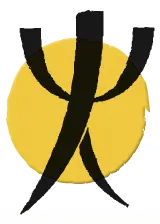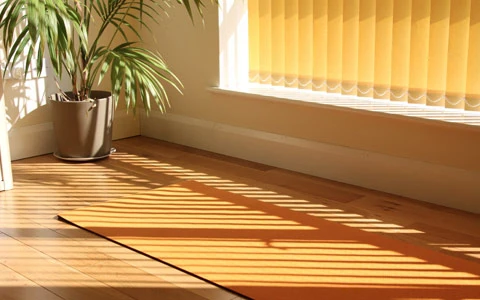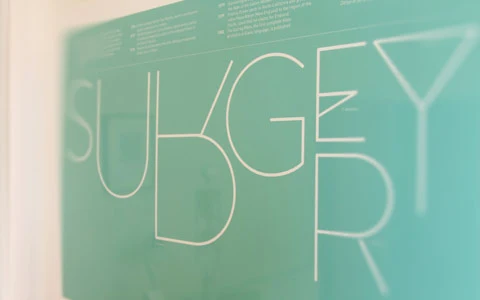Acupuncture Dublin
In the heart of Dublin, our Pain Treatment Clinic is a beacon of hope for individuals seeking relief from various forms of discomfort. Our Dublin acupuncture clinic proudly incorporates acupuncture as a pivotal component of our comprehensive pain therapy.
Acupuncture is an ancient practice that has withstood the test of time, offering remarkable benefits in alleviating chronic pain and improving overall well-being. At our clinic, we employ highly skilled and certified acupuncturists who expertly insert fine needles into specific points on the body to target pain sources and promote the body’s natural healing mechanisms.
Acupuncture Dun Laoghaire
This integrative approach to therapy, combining modern medical knowledge with time-honoured acupuncture techniques, allows us to provide our patients with a holistic and effective solution to their pain-related issues. Our commitment to offering acupuncture Dublin as part of our pain treatment therapy in Dublin underscores our dedication to enhancing the quality of life for those who seek our care.
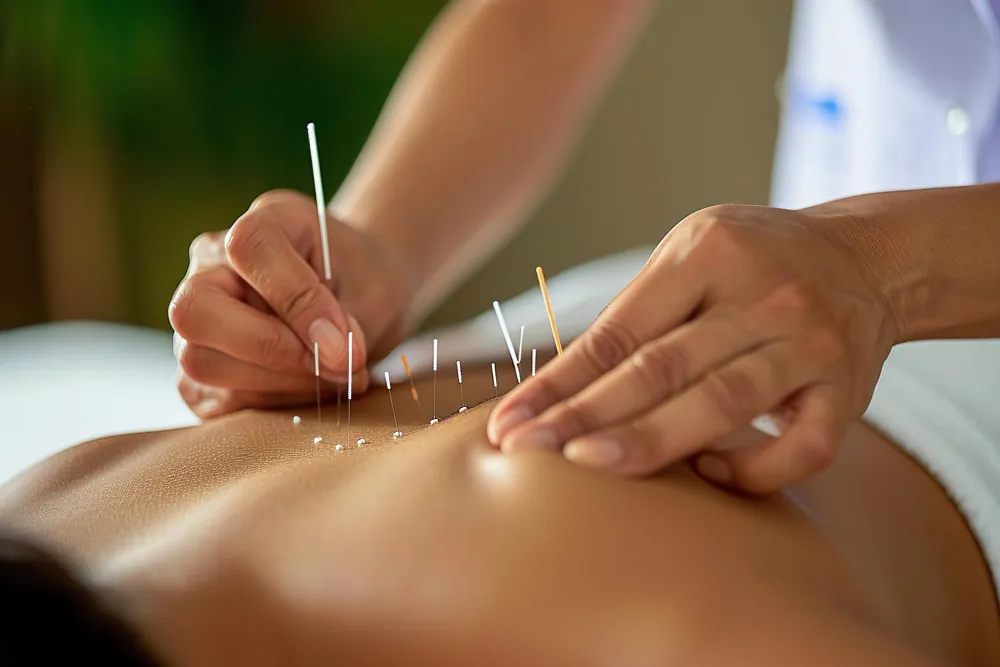
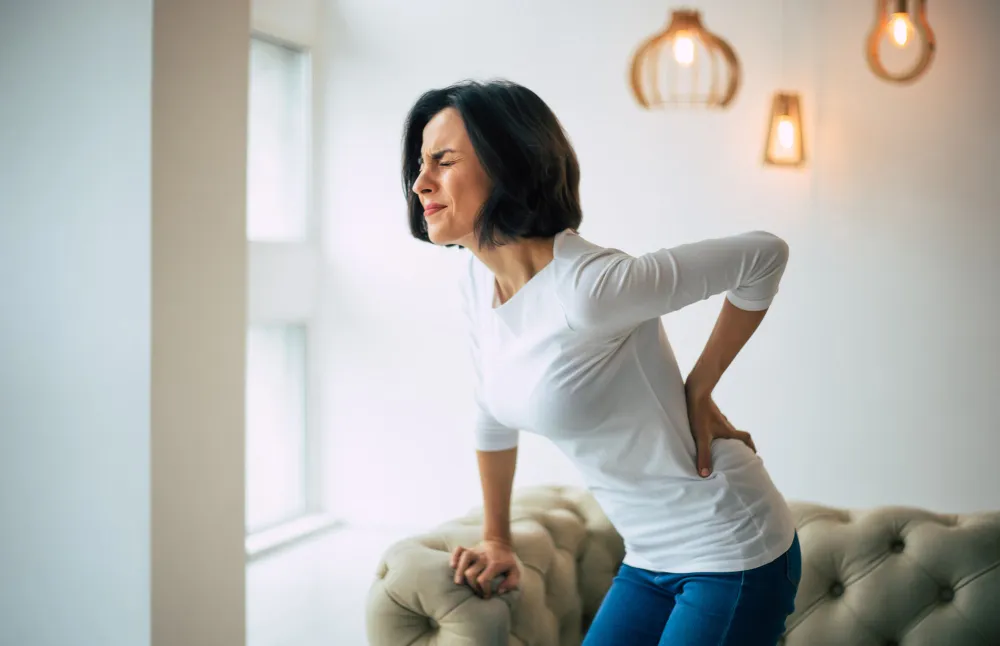
How I use acupuncture in pain treatment
I love acupuncture! It’s a great method for treating a huge variety of illnesses and problems. Yet acupuncture is not my initial treatment method for pain. Even though acupuncture for pain conditions can be used on its own, in practice I found that the ‘LNB pain therapy’ with its osteo pressure points is much more effective.
Still, acupuncture Dublin becomes a very helpful tool when other treatments like manual treatments (LNB pain therapy, osteopathy, chiropractics) or drugs don’t work as expected. Pain might, for example, come back immediately after initially successful LNB pain treatment, despite the recommended stretching exercises. In this case there might be a specific underlying condition preventing the body from natural healing response.
We call these conditions foci. A focus can be a scar, a dental abscess, a (chronic) sinus infection, heavy metal poisoning or any kind of radiation (i.e. electricity next to your sleeping place).
With the type of ear acupuncture I use (for more information also see further below), these can be detected and dealt with. It also may need weekly acupuncture treatments. Please, contact me for an initial consultation before acupuncture sessions.
Effects of Acupuncture Dublin
Classical Chinese body acupuncture has established itself as part of the TCM, (Traditional Chinese Medicine) developed over the past 2,000 years. Its goal is to influence the life energy (qi) with needles to create a balance in the meridian system so it flows freely again.
Acupuncture Dublin has multiple physiological effects, such as the local release of endogenous biochemicals, like hormones which also reach the bloodstream and the activation of the peripheral and central nervous system. This is how it influences the body as well as the psyche.
In 2003 World Health Organisation published a report about clinical trials researching the effectiveness of acupuncture sessions. Diseases, symptoms or a variety of health conditions for which therapy has proven effective treatment in clinical trials include:
adverse reactions to radiotherapy and/or chemotherapy, allergic rhinitis (including hay fever), biliary colic, depression (including depressive neurosis and depression following stroke), acute bacillary dysentery, primary dysmenorrhoea, acute epigastralgia (in peptic ulcer, acute and chronic gastritis, and gastro spasm), facial pain (including craniomandibular disorders).
And also: headache, hypertension, hypotension, knee pain, lower back pain, neck pain, dental pain, postoperative pain, periarthritis of shoulder, renal colic, rheumatoid arthritis, sciatica, sprain, tennis elbow, leucopenia, morning sickness, nausea and vomiting and stroke.
For many more symptoms and diseases, an effect has been shown in individual controlled trials but further investigation is required.
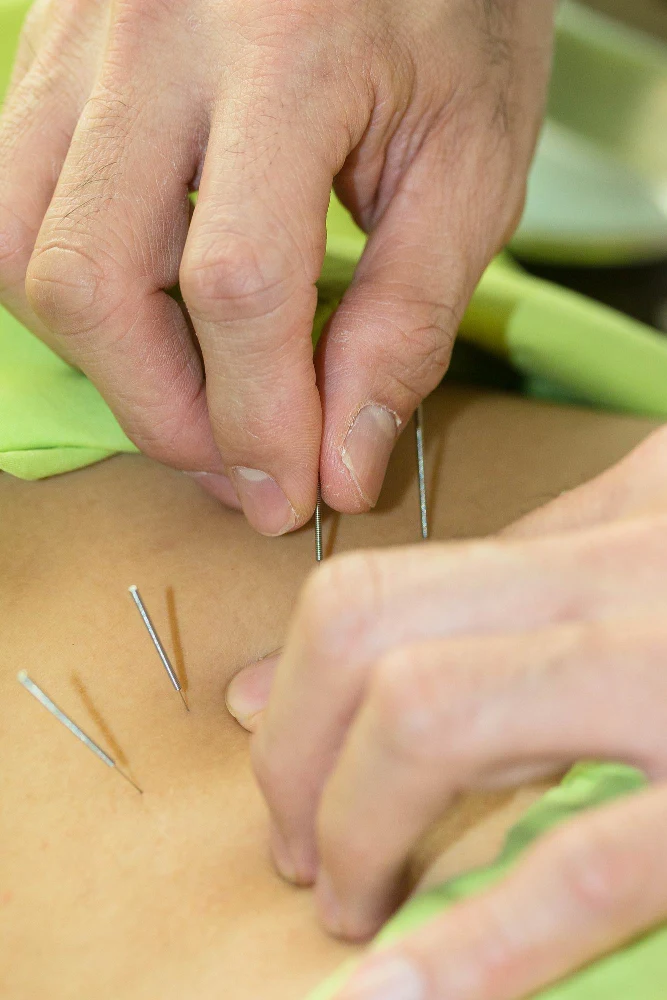
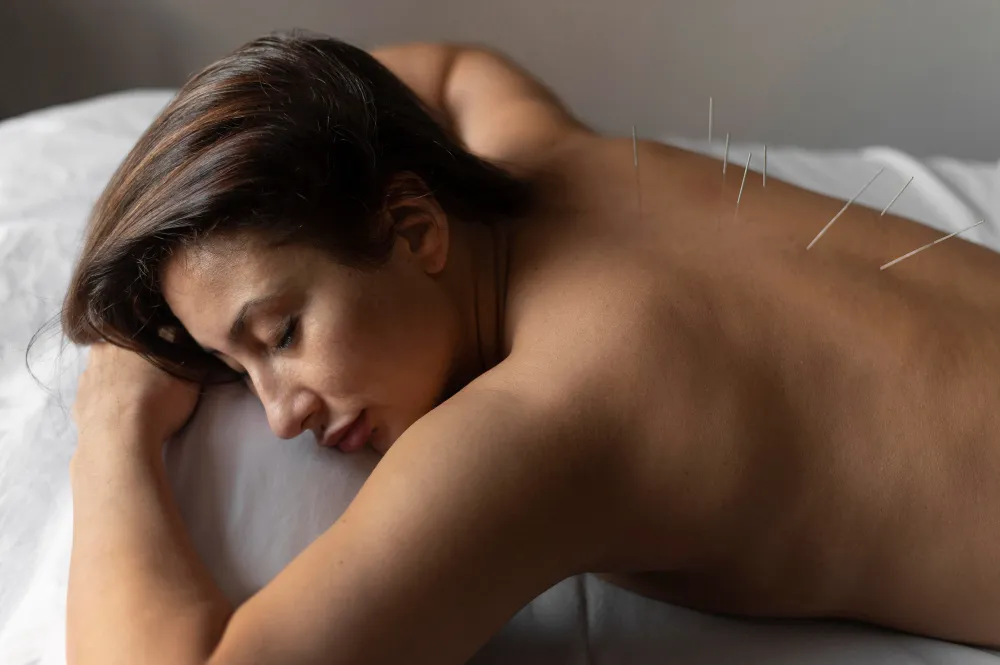
Free of Side Effects
Acupuncture is generally free of side effects because it acts solely through the activation of endogenous mechanisms, that is to say, the activation of the body’s internal healing mechanisms contained within the body itself. And it can be combined with any other therapies, such as medication, chemotherapy and orthomolecular therapy.
An initial, transient aggravation of symptoms is possible, but rare.
Depending on the underlying condition an average of one treatment per week is typical and typically there is improvement after 1-5 acupuncture sessions.
I only use sterile disposable needles. Children can be treated with pain-free stimulation of acupuncture points with a medical laser, as an alternative to needles.
Ear Acupuncture
Ear acupuncture is a traditional method of ancient Chinese medicine and thus a branch of acupuncture. The relationship between the ear and the internal organs was (“Inner principles/Internal Medicine of Huang Di”) described more than 2,000 years ago in the “Huang Di Nei Jing” where it says: “The ear is the place where all meridians meet!”
Ear acupuncture had gradually become neglected in China until it almost fell into obscurity. But, then, in the 1950s, it was rediscovered and developed by the French physician Dr Paul Nogier. He is considered to be the father of European auricular therapy.
The remarkable thing is that a counterpart for every acupuncture point on the body can be found on the ear. Not only that, but psychological, hormonal or nervous functions can be influenced using acupuncture points on the ear.
I work with special ear acupuncture needles, small metal pins about a millimetre long, which can stay in the ear for up to a week giving them more time to work.
Alternatively, for those with a dislike of needles, I can also use treatment seeds or a medical laser.
There are very seldom any side effects, only a mild inflammation which typically soon disappears.
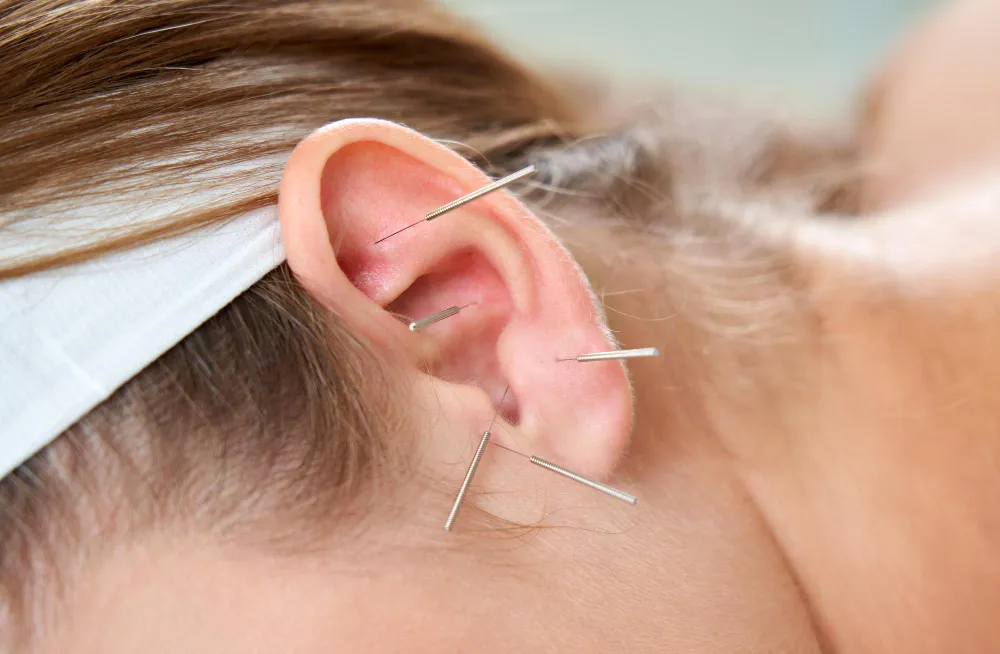

Auricular medicine
The auricular medicine is a further development of ear acupuncture, and works with reflexes auriculo-cardiac (RAC). This 1968 discovery by Dr Nogier is a palpable pulse wave shift, which is caused by micro-stress, such as the electrical stimulation of an acupuncture point. The experienced therapist can use this information for diagnostic and therapeutic purposes.
The most important applications I use this method for are:
The correct detection of appropriate acupuncture points according to the patient’s particular needs.
The discovery and elimination of foci (see above) such as scars, abscesses of the paranasal sinuses or teeth, as well as heavy metal pollution by amalgamate. Disturbance of foci can lead to a condition which can be compared to a collapse of the control panel of the unconscious nervous system, so holistic therapies such as manual therapies or even medication are not effective until the focal disturbance has been eliminated.
Testing for toxins, allergens, food intolerances
So, if you have symptoms that cannot be influenced by proven therapies, a focal disturbance could be the cause.
With auricular medicine, foci can be quickly detected before they cause major problems.
In relation to pain therapy, the detection of foci can be essential for the long-term success of the treatment.
Acupuncture for fertility
In Dublin, acupuncture has emerged as a sought-after approach for enhancing female fertility. With growing interest in holistic healthcare, many women are turning to acupuncture as a complementary therapy to support their fertility journey.
Female fertility acupuncture specifically targets the unique needs and challenges women face when trying to conceive. By stimulating specific points believed to regulate reproductive hormones, improve blood flow to the uterus, and reduce stress levels, practitioners aim to optimize the chances of conception.
In Dublin, practitioners specializing in female fertility acupuncture offer personalized treatment plans tailored to each woman’s individual needs, providing a supportive environment to enhance fertility naturally. This holistic approach not only focuses on physical health but also emphasizes emotional well-being, recognizing the intricate connection between mind and body in the fertility process.
As a result, acupuncture for fertility has become an increasingly popular option for women seeking natural solutions to support their journey to motherhood in Dublin.
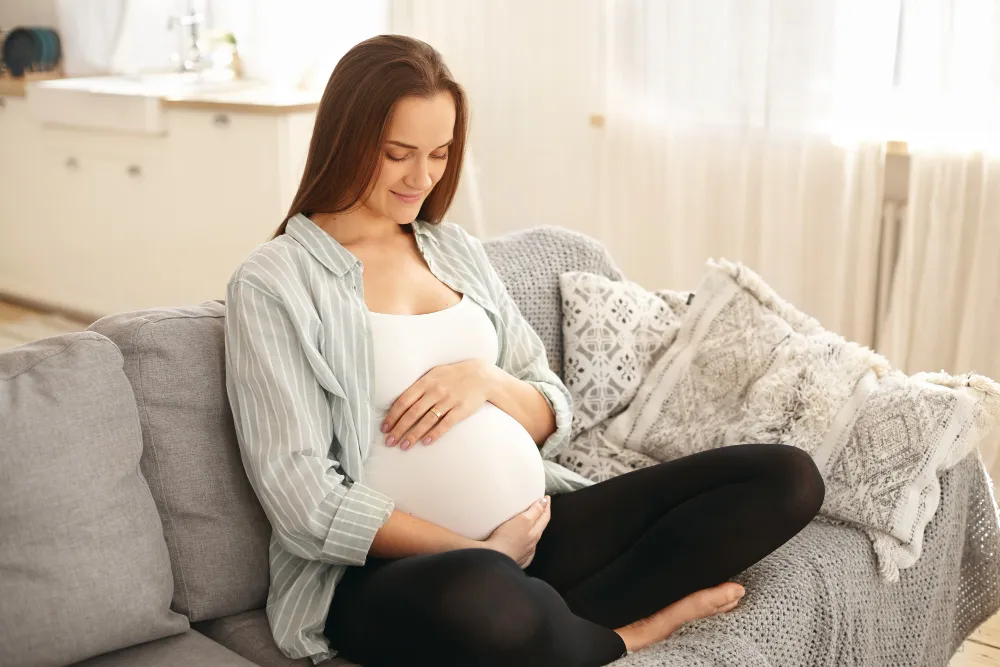
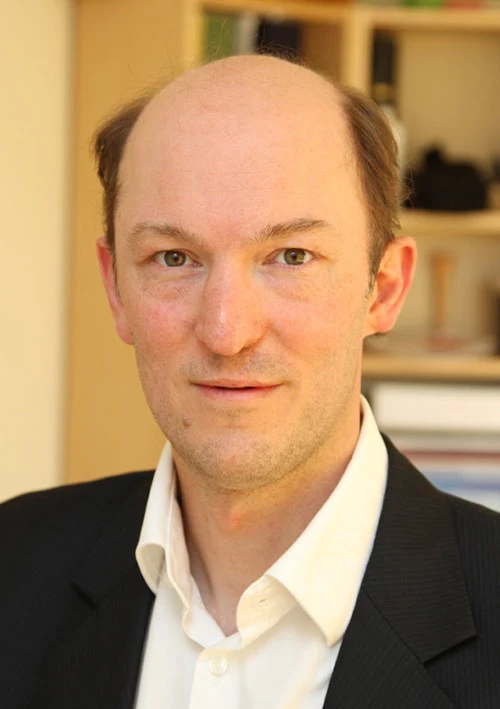
Qualified Acupuncturist in Dublin
I’m Dr. Tobias Pintar a qualified acupuncturist in Dublin, Ireland. I’m also a general practitioner, with a special interest in pain treatments. I have a unique approach to healing, combining my knowledge of Western medicine with the ancient wisdom of Traditional Chinese Medicine (TCM).
Acupuncture is a holistic healing modality that involves the insertion of thin needles into specific points on the body. It is believed that these points stimulate the flow of qi, or life energy, throughout the body. The popularity of acupuncture has been used for centuries to treat a wide range of chronic conditions, including pain, headaches, migraines, digestive disorders, allergies, and emotional problems.
I use acu treatment a variety of pain conditions, including musculoskeletal pain, migraines, arthritis, and neuropathic pain. I also use this therapy to boost the immune system, improve sleep, and reduce stress.
I’m a compassionate and caring practitioner who is committed to helping my patients achieve optimal reproductive health and well-being. I take the time to listen to each patient’s individual needs and concerns, and he develops a personalised treatment plan for each patient.
If you are looking for a qualified and experienced acupuncturist in Dublin or closer acupuncture Dun Laoghaire, I’m an excellent choice. I offer a variety of acupuncture treatments, and I’m committed to helping my patients achieve their health and wellness goals. Contact me for an initial consultation.
